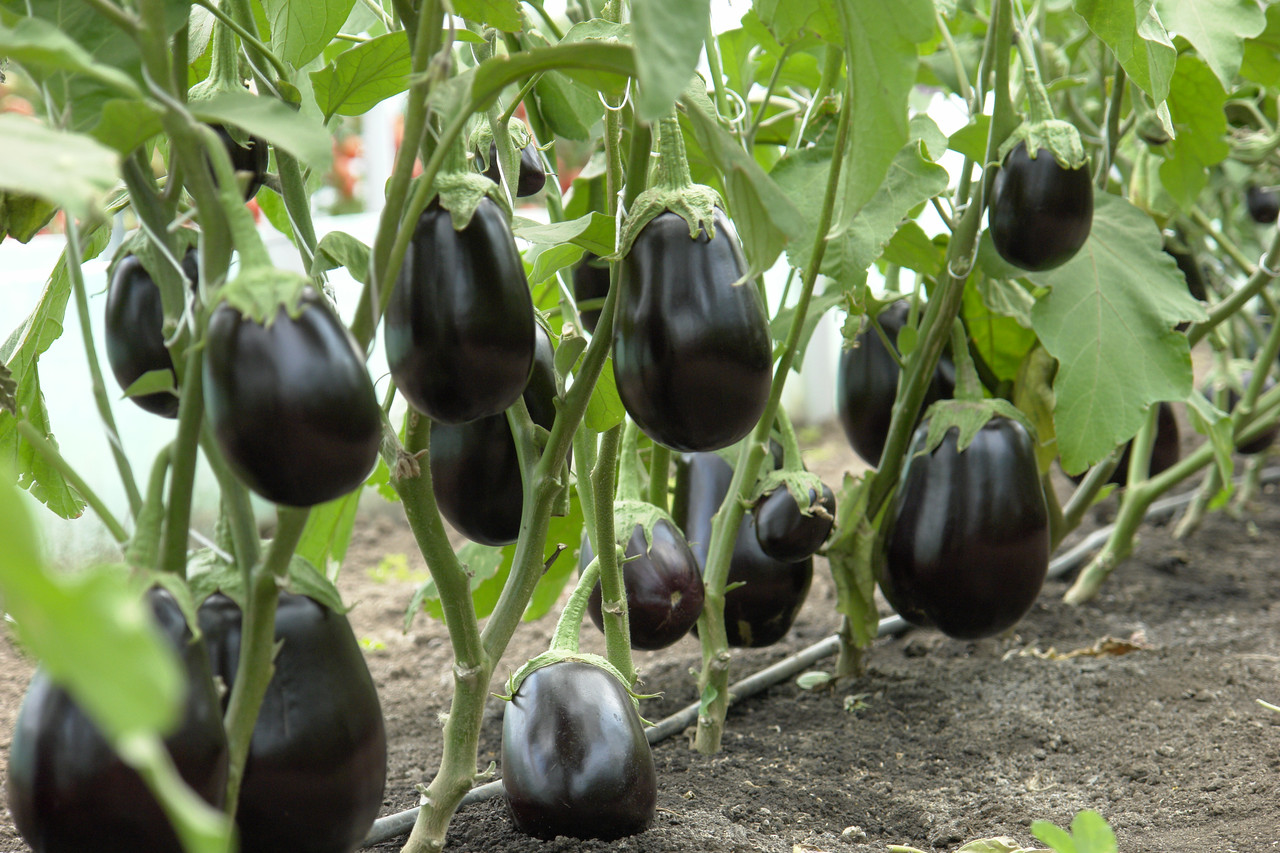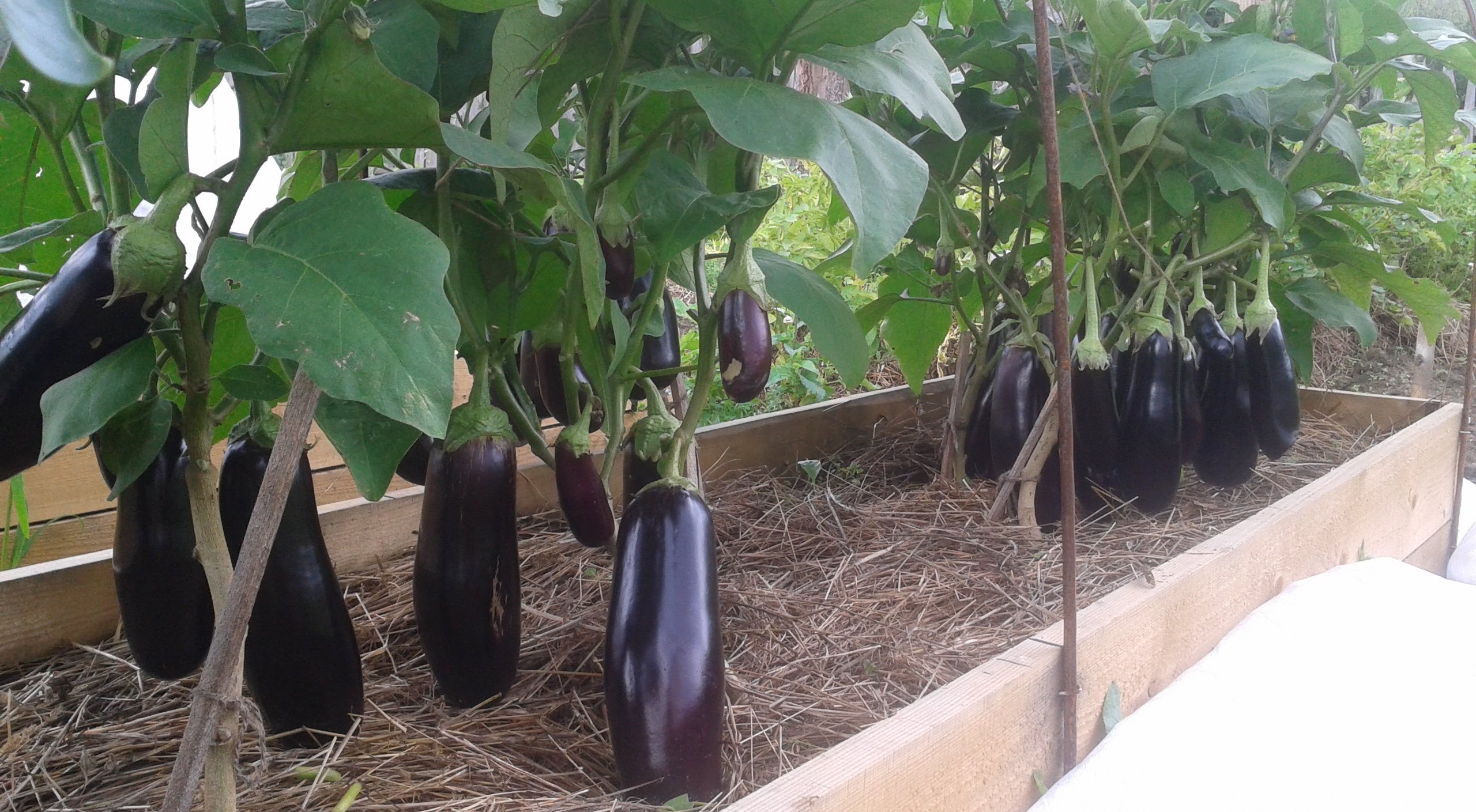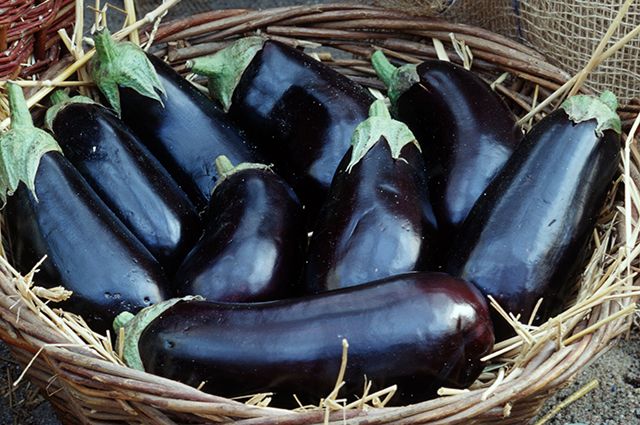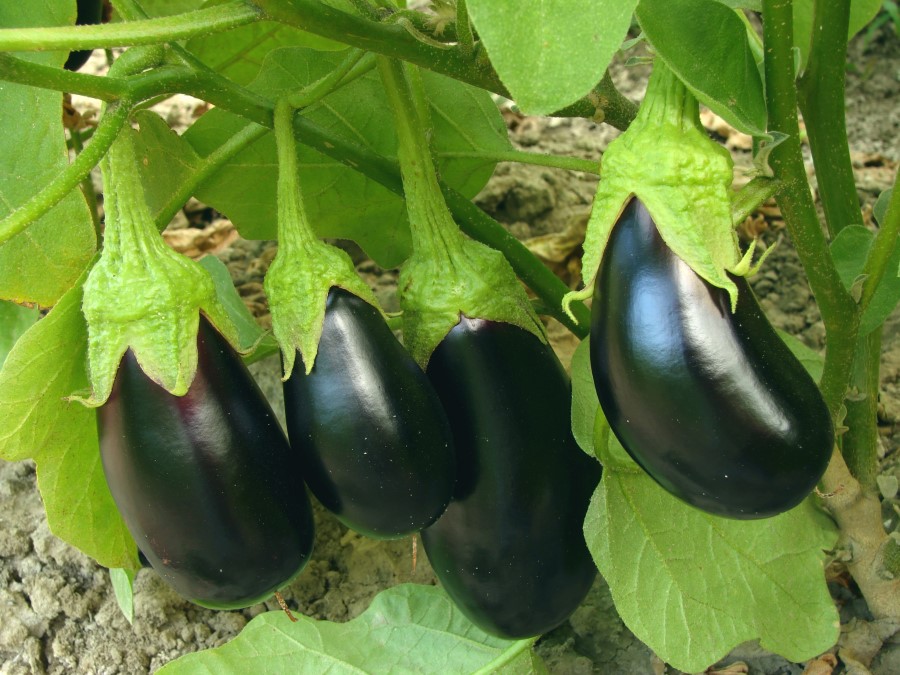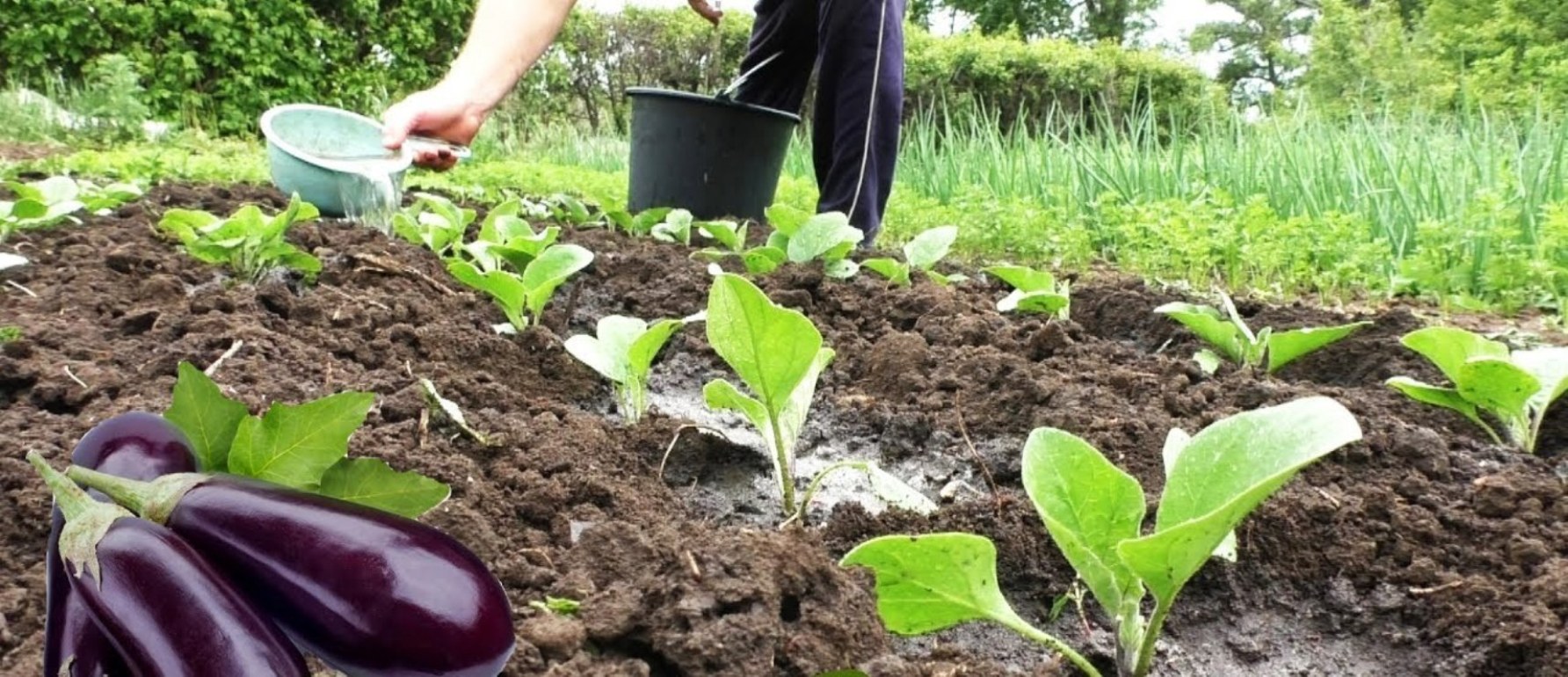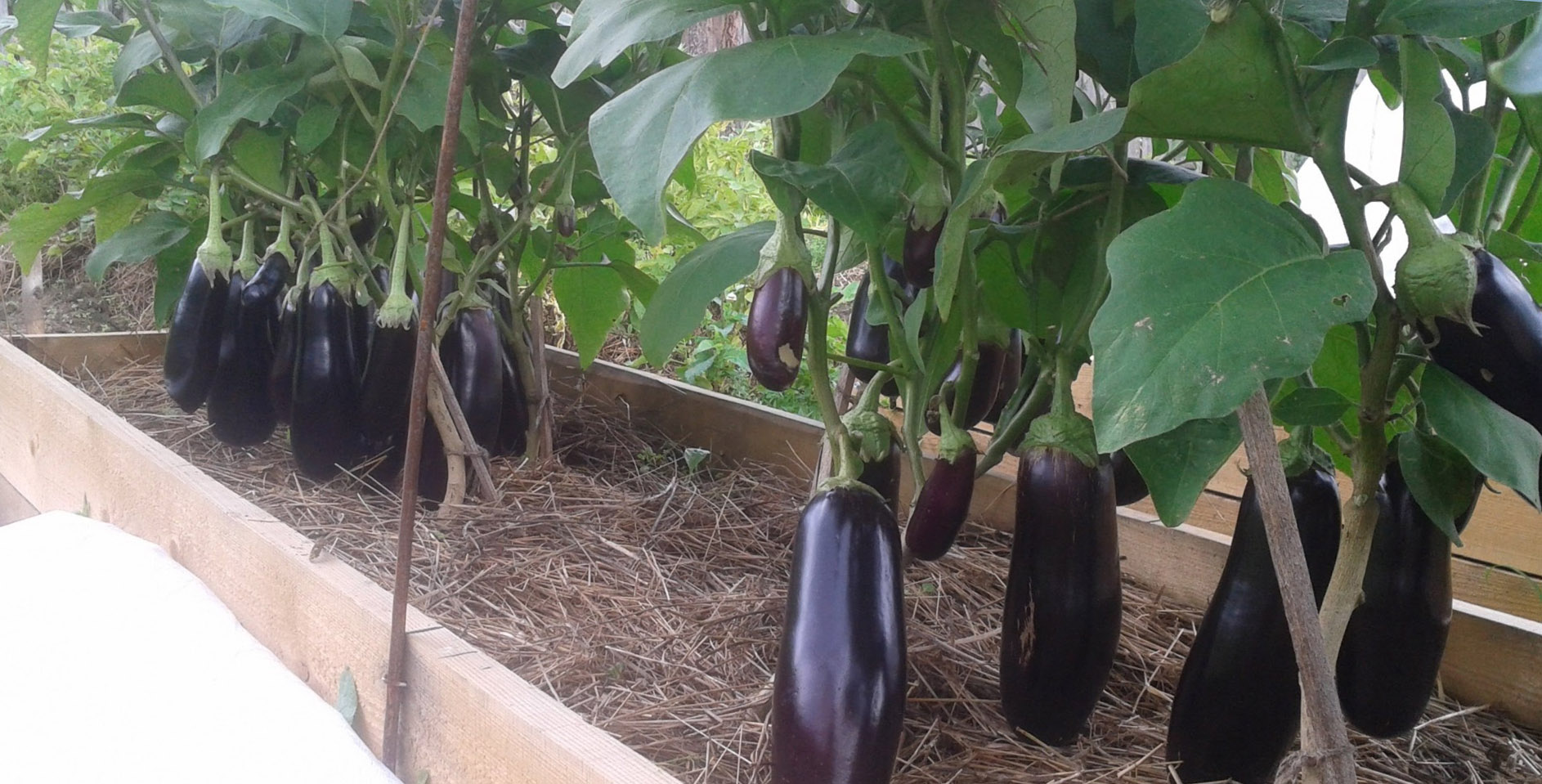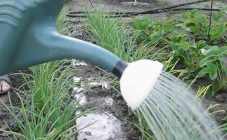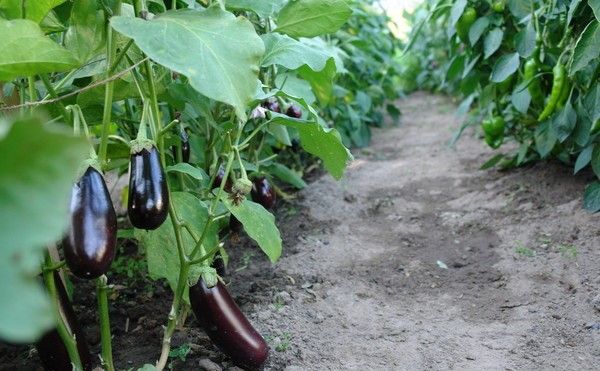Content:
Throughout the growing period, eggplant needs constant care and attention, since it is a very capricious vegetable. For summer residents, you need to know the principle of proper eggplant care - the future harvest depends on it.
Care procedure
When growing this heat-loving culture, you need to adhere to certain rules, which include a number of activities. These include:
- moderate watering
- optimal temperature conditions
- weeding and weed removal
- timely feeding
- shrub formation
- prevention of disease development and protection from pests
It is not easy to grow "blue" ones, but their incredible taste is worth a lot of effort.
Full watering and comfortable temperature conditions
After planting eggplant seedlings, water them after 5 days. Water is poured only on the soil under the bush, it must not be allowed to fall on the plant from above. This procedure is carried out in the morning or evening. Usually, water for these needs is poured into a barrel for natural heating and settling.
Watering frequency depends on the vagaries of the weather. If the summer is hot, then they are moistened after 3 days, and in rainy weather, no more than 1 time a week. Since this vegetable loves heat very much, any temperature fluctuations have a bad effect on its vegetation, leading to the loss of the ovary and diseases. This must be remembered when planting a crop. Seedlings are planted only after the air temperature is set to + 20 degrees.
Hilling a bush and its vegetation
After each watering, a dense crust forms on the ground, which must be loosened. If this is not done in a timely manner, then the access of oxygen to the roots is limited, which leads to a slowdown in plant development. You need to loosen the soil under the eggplants carefully so as not to hurt their root system. Together with loosening, the crop must be hilled by adding earth to the trunk.
Regular weeding removes weeds from vegetable crops, which impair their development, and good pollination of eggplants results in better yields. Many vegetable growers try to attract pollinating insects to their plantation.
The growth of this vegetable crop is associated with the formation of bushes. Especially such actions are necessary when growing tall eggplant varieties. When the plant develops into 2 stems, you need to pinch the top of the plant. If there are side branches, then no more than 4 pairs of buds are left, and the rest are removed. It is necessary to timely get rid of leaves that grow too heap, without giving the necessary ventilation.
Timeliness of dressings
Eggplant seedlings planted in the ground need adequate nutrition. 2 weeks after planting, it must be fed with any complex fertilizer. During the period of bud development, mineral fertilizers are applied under the eggplants. The culture is especially responsive to the introduction of superphosphate and potassium sulfate into the soil. After the first fruits appear, it is recommended to feed with infusion of weeds, which include dandelion, wheatgrass, nettle and chamomile.
A month before harvesting, 250 grams of liquid is poured under the root of the eggplant, consisting of 1 tablespoon of superphosphate, 1 tablespoon of potassium salt and 10 liters of water. Timely fungicide treatment will help protect the plant from diseases.Antrakol and Kwardis are suitable for late blight, and Horus for gray rot. The Colorado potato beetle and the bear are very fond of eggplants, so it is necessary to carry out treatment from these pests.
By applying the 6 basic rules for growing eggplant, you can get a rich harvest that will delight you with delicious dishes in summer and allow you to make preparations for the winter.
